Ahwon Gongbang (아원공방)
2.8Km 2014-08-25
16, Bukchon-ro 5ga-gil, Jongno-gu, Seoul-si
+82-2-734-3482
Ahwon Gongbang est un studio dévoué à l’artisanat en métal. Il offre de nombreux articles artisanaux faits mains tels que des chandeliers, des miroirs, et des accessoires en argent. Géré par les mêmes soeurs, il allie l’art moderne et la beauté antique à Samcheong-dong. Sophistiqués, les articles orientaux faits par les artistes ont attiré de nombreux touristes internationaux et plus particulièrement des visiteurs japonais. C’est l’endroit idéal pour faire du shopping ou simplement pour profiter de l’art artisanal.
Imperial Palace Boutique Hotel (임피리얼 팰리스 부티크 호텔)
2.8Km 2021-03-09
221, Itaewon-ro, Yongsan-gu, Seoul
Situated in the heart of Itaewon, an international shopping district in Seoul, Imperial Palace Boutique Hotel has the perfect location for business and leisure travelers. The guestrooms are decorated with pop-art paintings to give a more comfortable and trendy ambience. The hotel also provides a conference room, gym, dining options, and more.
PungGyeong [Korea Quality] / 풍경 [한국관광 품질인증]
2.8Km 2021-04-01
32-6, Seonggyungwan-ro, Jongno-gu, Seoul
+82-10-7103-6993
The hanok guesthouse Punggyeong was opened in spring 2016. With a stylish green pine tree exterior mural painting, the hanok building welcomes guests with a cozy yard. The low wooden bench and chair are there to provide relaxation for guests. The guesthouse has Korean-style rooms and two rooms with bed. The kitchen is furnished with a dining table with chairs for those who are not familiar with the Korean-style room. It serves Korean-style breakfast and traditional Korean tea. Usually, the staff leaves the guesthouse at night. Guests who rent the entire guesthouse can spend some quality time with friends or family.
Seokjeonangmu (Seokjeondaeje) (석전악무)
2.8Km 2016-09-05
53, Myeongnyun3-ga, Jongno-gu, Seoul-si
• Centre d'appels 1330 : +82-2-1330 (coréen, anglais, japonais, chinois) • For more info: +82-2-760-1472
Le Seokjeondaeje est une cérémonie à la mémoire de Confucius qui a évolué au fil du temps à Sungkyunkwan, la plus haute institution éducative de la fin de la dynastie Goryeo et de la dynastie Joseon. Cette cérémonie commémorative a été désignée Important bien culturel immatériel n° 85.
La version actuelle simplifiée du Seokjeondaeje s’appelle le « Seokjeonangmu ». La cérémonie contient de nombreux éléments fondamentaux du Seokjeondaeje. C’est un rituel traditionnel du Munmyo (sanctuaire de Confucius) qui rend hommage aux grands lettrés confucéens, de même qu’au philosophe chinois Confucius. Le cérémonial décrit le principe confucéen du « Ye » entre le professeur et l’étudiant au moyen de la musique et de la danse.
Le Seokjeondaeje / Seokjeonangmu est composé de plusieurs spectacles, incluant le « Taepungmu » (Bien culturel immatériel national n° 92), le « Cheonjiui Sori » (le son de la terre et du ciel) et le « Hangmun » (apprentissage). Le « Hangmun » dépeint la manière dont les habitudes savantes établissent le « Ye » (standards éthiques du confucianisme), et comment la bonne musique complète un solide apprentissage, qui mène finalement à un monde en paix.
Le Munmyoilmu est un spectacle de danse rendant hommage aux grands professeurs qui ont appliqué les enseignements de Confucius. Il se divise en deux parties : le « Munmu », qui est une danse symbolisant la vertu du savoir, et le « Mumu », qui décrit la vertu des arts martiaux. Le premier transmet les concepts de respect et d’honnêteté à travers la danse, et le second consiste en des mouvements d’arts martiaux défensifs et offensifs.
Bukchonmaru hanok guesthouse [Korea Quality] / 북촌마루한옥게스트하우스 [한국관광 품질인증]
2.8Km 2020-09-10
152, Changdeokgung-gil, Jongno-gu, Seoul
+82-10-3253-8751
Bukchonmaru Hanok Guesthouse is located between “Bukchon Views 2 and 3” on a hill in Bukchon Village in Seoul. This two-storied hanbok building with a terrace, which is rarely found among other hanok structures in the area, offers a splendid view of Seoul. In particular, the summit of a hill next to the main gate of Choong Ang High School where the guesthouse is situated is known as the filming location for the famous Korean TV series Winter Sonata (2002). When you open the main gate and go up to the first floor, a small yard is seen with a group of jars on one side. After entering the sliding door through the yard, there is daecheong maru (main floored room) that features the doors opening in all directions and a high ceiling with rafters, making the space open and cozy. The hanok building consists of two floors – the ground floor is equipped with special furniture, a jar table and a log chair made by the owner, and on the first floor are guestrooms comprised of one large room and two small rooms. The neat and clean rooms are designed in a simple way and have lovely bedding with the pattern of five cardinal colors. Its staff members can speak English and Chinese to communicate with guests from other countries. Every morning, guests engage in animated conversation while enjoying a Korean home-style breakfast prepared by the owner in a friendly atmosphere. After having breakfast, if guests want, they can try on traditional Korean clothes (hanbok) and take photographs inside and around the guesthouse to create interesting memories. The guesthouse also provides a hanbok rental service (KRW 30,000 for a day) and tourists wearing traditional Korean clothes can enter both Changdeokgung Palace and Gyeongbokgung Palace, which can be reached on foot within 10 to 15 minutes, free of charge. Moreover, guests can enjoy an open view of the area including Gahoe-dong, Gye-dong and even the lights of the Namsan Seoul Tower at night from the roof top.
Porte Gwanghwamun (광화문)
2.8Km 2022-12-14
161, Sajik-ro, Jongno-gu, Seoul-si
+82-2-3700-3900
Gwanghwamun est la porte principale du Palais Gyeongbukgung, fondé en 1395, par le premier empereur de la dynastie Joseon, Taejo.
C’est la porte du sud parmi les quatre portes de la capitale sud-coréenne. Son nom signifie “Que la Lumière de l’Illumination recouvre le Monde!” et elle porte le but profond que les gens qui ont fondé la dynastie Joseon avait, en créant une nouvelle dynastie.
La Porte Gwanghwamun a été construite de granite. Au centre, il y a une entrée ressemblant à un arc-en-ciel, appelée Hongyemun, et au-dessus, se trouve la tour de la porte. La Porte Gwanghwamun renferme un souvenir douloureux dans l’histoire de la Corée. Durant l’ occupation japonaise de la Corée, de façon à tuer les esprits des citoyens coréens, le général du gouvernement japonais avait détruit la porte et construit son propre bâtiment gouvernemental. L’apparence réelle de la porte est celle de 1968 lorsqu’elle a été reconstruite en utilisant du béton, et elle est située environ à 10m derrière le point d’origine. Pour restituer la forme d'origine de la porte, le gouvernement a entrepris des travaux d'aménagement à partir de 2006, ces travaux se sont terminés le 15 août en 2010.
Hanboknam (한복남)
2.8Km 2021-01-19
17, Bukchon-ro 5ga-gil, Jongno-gu, Seoul
+82-10-6485-8507
Hanboknam, terme signifiant littéralement 'un homme vêtu du hanbok', est un centre sélectionné par le Ministière de la Culture comme entreprise créative (2015) qui s'est installé à Séoul en 2016 (auparavant à Jeonju). Ce centre propose des services de prêt ainsi que des expositions autour du hanbok, le vêtement traditionnel coréen.
On trouve de nombreux types de hanbok disponibles dans ce centre répondant à différentes thématiques. Les employés du centre peuvent vous fournir de l'aide pour choisir les accessoires du hanbok. Les services de prêt sont répartis selon différents espaces horaires (1h, 2h etc).
Yeonwoohouse [Korea Quality] / 연우하우스 [한국관광 품질인증]
2.8Km 2023-04-13
5-13, Bukchon-ro 12-gil, Jongno-gu, Seoul
Yeonwoo Guesthouse is a quiet and cozy traditional Korean guest house (hanok) located in Gahoe-dong, Jongnogu in Bukchon Hanok Village, a charming area crisscrossed with a labyrinth of old alleyways. As it is close to some of Seoul’s most famous tourist attractions, including Changgyeonggung Palace, Changdeokgung Palace and Gyeongbokgung Palace, many tourists from Southeast Asia and Europe book a stay here.
It consists of two cozy guestrooms, each equipped with a bathroom. Among the guest house’s many charms is the panoramic view of Bukchon Hanok Village from its rooftop, which can be reached by a ladder. It also boasts the beauty of a traditional Korean house during the daytime and a spectacular view at nighttime.
As it is an old hanok, the owner pays close attention to hygiene, and has the entire building regularly sterilized by a sanitary control company.
Geumyongmun (금용문)
2.8Km 2021-03-23
7, Saemunan-ro,5 ga-gil, Jongro-gu, Seoul
+82-2-731-2502
This is a Chinese (cuisine) located in Gwanghwamun Gate, Seoul. The best menu at this restaurant is dim sum. A restaurant selling authentic Chinese cuisine.
Gwanghwamun Hanokjip (광화문한옥집)
2.8Km 2021-03-18
7, Saemunanro5ga-gil, Jongro-gu, Seoul
+82-2-731-2500
A store with rooms reproducing a traditional kitchen. The best menu at this restaurant is napa wraps with pork. This is a Korean cuisine located in Gwanghwamun Gate, Seoul.
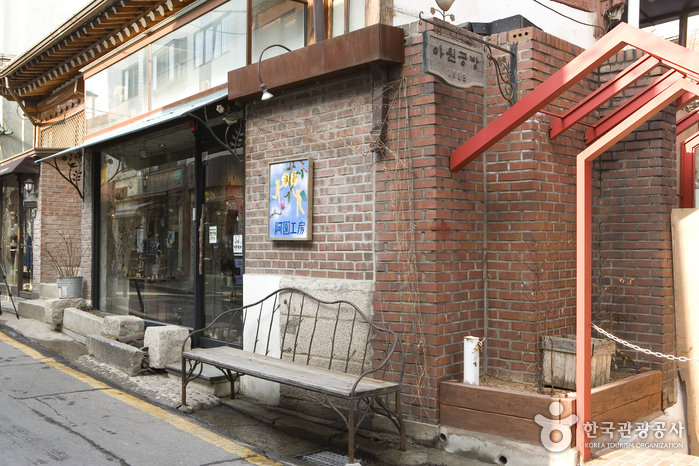
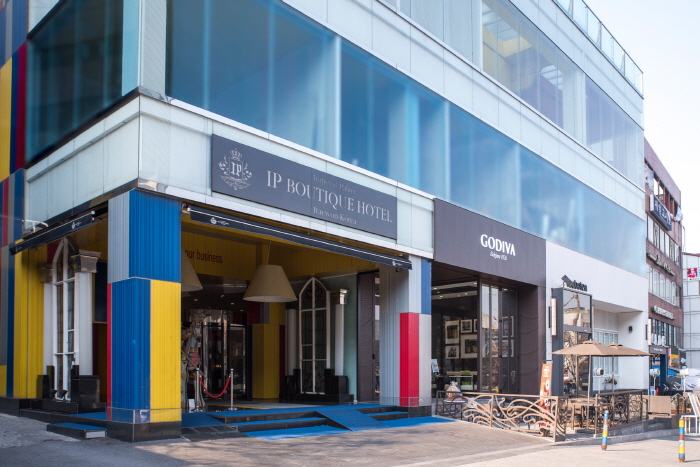
![PungGyeong [Korea Quality] / 풍경 [한국관광 품질인증]](http://tong.visitkorea.or.kr/cms/resource/80/2633780_image2_1.jpg)

![Bukchonmaru hanok guesthouse [Korea Quality] / 북촌마루한옥게스트하우스 [한국관광 품질인증]](http://tong.visitkorea.or.kr/cms/resource/32/2574032_image2_1.jpg)
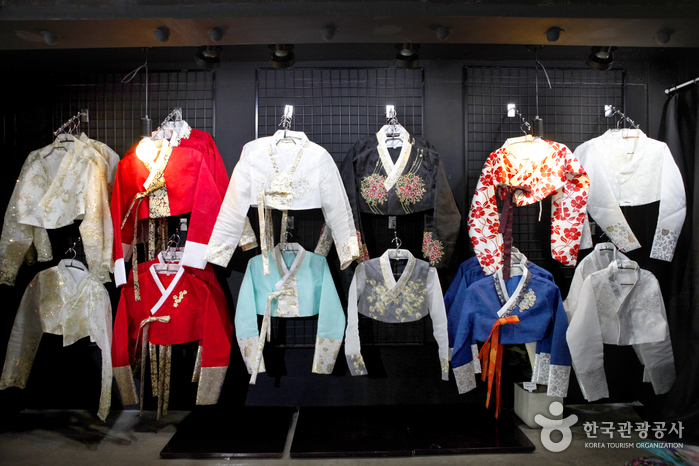
![Yeonwoohouse [Korea Quality] / 연우하우스 [한국관광 품질인증]](http://tong.visitkorea.or.kr/cms/resource/83/2557483_image2_1.jpg)
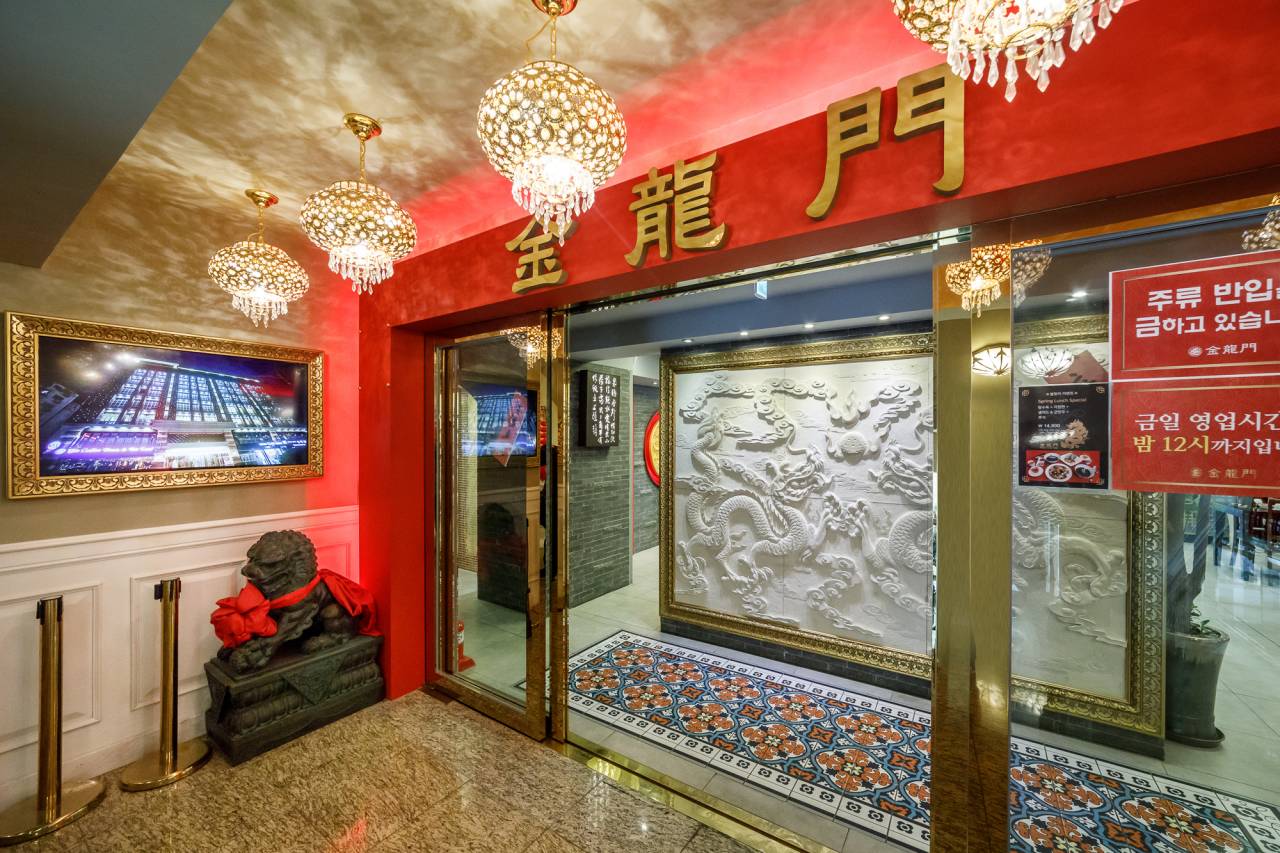
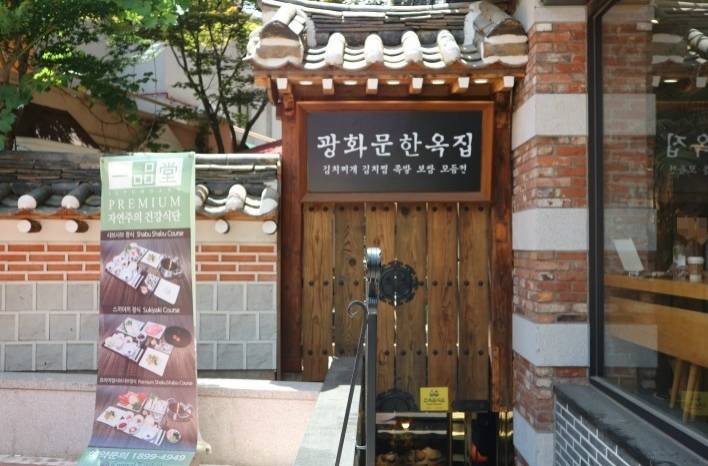
 Français
Français
 한국어
한국어 English
English 日本語
日本語 中文(简体)
中文(简体) Deutsch
Deutsch Español
Español Русский
Русский